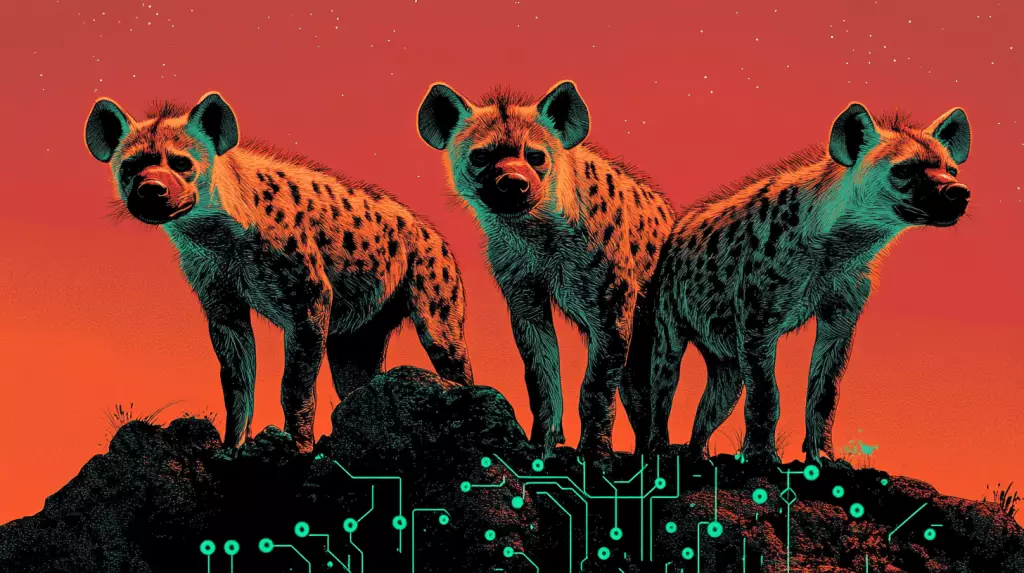In the rapidly evolving landscape of artificial intelligence, Boston-based Liquid AI is steering the narrative away from the conventional Transformer architecture. The company, an innovative offshoot of the Massachusetts Institute of Technology (MIT), has made significant strides by launching its state-of-the-art model, Hyena Edge. Set against the backdrop of the prestigious International Conference on Learning Representations (ICLR) 2025 in Vienna, this announcement signals a pivotal moment in AI research, especially for models designed for edge devices like smartphones.
Hyena Edge stands as a testament to Liquid AI’s mission to not only enhance the computational efficiency but also push the boundaries of language model quality in technology reliant environments. By departing from the mainstream Transformer paradigm, Liquid AI aims to redefine what capabilities can be achieved on devices that typically grapple with resource constraints, a challenge faced by many developers in the field today.
Unveiling the Power of Convolution
At the heart of Hyena Edge is a multi-hybrid model that cleverly integrates convolution-based methodologies, which distinguishes it from the dominant Transformer structure. This design strategy results in practical performance enhancements, particularly on real-world devices like the Samsung Galaxy S24 Ultra. Preliminary testing reflects a groundbreaking improvement in both latency and memory consumption, ultimately outperforming key competitors like the Transformer++ architecture.
In an era where companies emphasize deploying quick and efficient language models, the efficiency of Hyena Edge is strikingly clear. The innovative model has demonstrated up to 30% improvement in prefill and decode latencies compared to its Transformer++ counterpart—a staggering figure that should capture the attention of industry players. This achievement reinforces the notion that scaled-down versions of AI can yield superior performances without sacrificing quality for efficiency, a narrative that challenges the status quo within AI development.
Harnessing the STAR Framework
Liquid AI’s distinctive approach is further encapsulated in their Synthesis of Tailored Architectures (STAR) framework. Launched back in December 2024, STAR employs evolutionary algorithms to carve out model designs optimized for specific hardware configurations. This method showcases a brilliant intersection between theoretical mathematics and practical application, enabling a broader exploration of operator compositions. The goal is always the same: reduce latency, minimize memory usage, and elevate performance quality.
Such innovative architecting principles highlight a crucial recognition within the AI community: the industry must break free from the familiar bounds of current models to explore a fresh frontier. The significance of this transformation is monumental; by utilizing a convergence of technology rooted in solid mathematical frameworks, Liquid AI has set a new standard for the efficiency of language models tailored for mobile and edge devices.
Benchmarking Success Against Industry Standards
The validation of Hyena Edge’s real-world capabilities comes from rigorous testing across an expansive dataset of 100 billion tokens, utilizing classical benchmarks such as Wikitext and PiQA. Impressively, Hyena Edge hasn’t just matched its Transformer++ rivals; it has outperformed them in perplexity scores and accuracy across various tasks. These findings debunk the myth that efficiency gains necessitate trade-offs in quality—an all-too-common concern among practitioners in the machine learning domain.
In an industry that often compromises performance for speed, Hyena Edge emerges as an outlier, illustrating that optimization and high-quality predictive performance are indeed compatible. This revelation not only bolsters the credibility of Liquid AI’s innovations but also prompts a broader reevaluation of how new architectures can be constructed for specialized applications, particularly in resource-limited environments.
Engaging the Community and Shaping Future Directions
As if the technical accomplishments weren’t compelling enough, Liquid AI also prioritizes community engagement by announcing plans to open-source Hyena Edge alongside a suite of their foundation models. This strategic decision aims to galvanize a wider pool of innovators and developers, allowing them to harness this powerful model for their own applications while contributing to its continuous improvement.
The implications of open-sourcing such technology are profound. By allowing external developers to experiment with and adapt Hyena Edge, Liquid AI fosters an ecosystem of creativity and collaboration that can significantly accelerate advancements in the field. This course of action echoes a larger trend within tech—one that emphasizes sharing knowledge and tools to promote growth across industries.
As consumer expectations continue to rise, the demand for efficient yet potent AI systems that can seamlessly operate on mobile devices will only intensify. By establishing Hyena Edge as a credible alternative to Transformer-based models, Liquid AI not only positions itself as a pioneer in the field but also highlights the limitless potential for next-generation AI architectures in practical, everyday applications.

